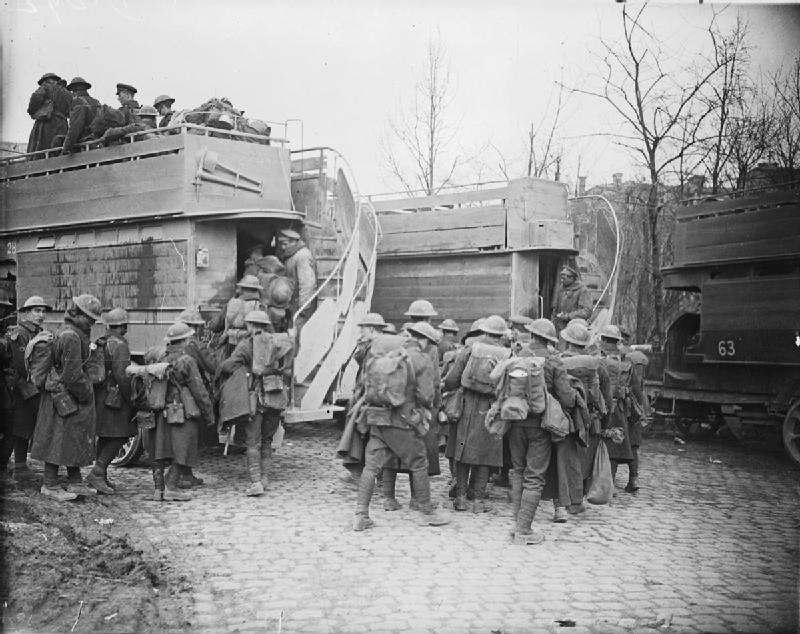'Unsung' London war bus brought back to life
With the centenary of the beginning of World War One now only a matter of months away, there will doubtless be many fascinating and worthy projects on the go in addition to those already announced by the Government. Here's one now, in fact, involving the restoration of a 1914 London omnibus.
A very special and, today, rare model the London General Omnibus Company (LGOC) B-type was in many ways the Routemaster of its day. Arguably the first mass-produced 'bus it was an advanced machine for its time, able to travel faster even than the speed limit of the time (12mph - the B-type could top 16mph, although apparently 30-35mph was not unheard of!) thanks to its light weight and modern running gear. Able to seat up to 34 people, including 18 on the top deck's weatherproof canvas-covered seats, over 3,000 B-types were produced; that and the model's reliability allowed for an expansion of routes and the introduction of the night bus with the B-type getting electric lighting inside and out from 1912/13.
 |
source
A B-type converted into a pigeon loft for use in
Northern France and Belgium during the Great War, c.1916. |
Almost as soon as war broke out in August 1914 up to one-third of the entire B-type fleet was requisitioned for military purposes and shipped over to France (and from there also to other far-flung theatres like Palestine and Greece) - quite a logistical feat if you think about it! Over the ensuing four years they were pushed far beyond the design's limits - trading smooth London streets for rutted & waterlogged mud tracks, coming under enemy fire, being converted into anti-aircraft gun platforms or carrier pigeon lofts, not to mention providing transport for two-dozen fully-equipped soldiers (the hastily-erected window boards were in fact installed to stop the glass getting broken by the soldiers' guns and packs)!
 |
source
Troops in Arras go back for a rest having
taken part in the Battle of Arras, May 1917. |
Now only four B-types are known to exist. B43 "Ole Bill", a 1911 model, served in France until 1919 when like so many it helped to transport soldiers back across the Channel and was bought back by LCOG, shortly afterwards being retired and used as a commemorative vehicle (on the 14th February 1920 it became the first bus to boarded by a monarch, King George V inspecting it as part of the peace celebrations). It was donated to the Imperial War Museum as long ago as 1970, where it remains to this day.
B340 resides at the London Transport Museum and it is here that it will soon be joined by the one undergoing recommissioning at the moment. This latest restoration looks to be the quite the project, having come about through a remarkable series of events. It will also differ from its companion by being rebuilt to military specification, to honour the memory of the men its type helped transport to and from the front lines.
An excellent undertaking, then, particularly for the Great War anniversary but also for 2014's Year of the Bus. I'm glad to see the
London Transport Museum taking such effort to bring back to life another of these forgotten buses and in order to commemorate those who took part in such an important date in our history. It bodes well for the centenary events next year and I look forward more than ever to seeing them (and the B-type bus!).



.jpg)





How interesting. I cannot drive myself but I do like old vehicles.
ReplyDelete